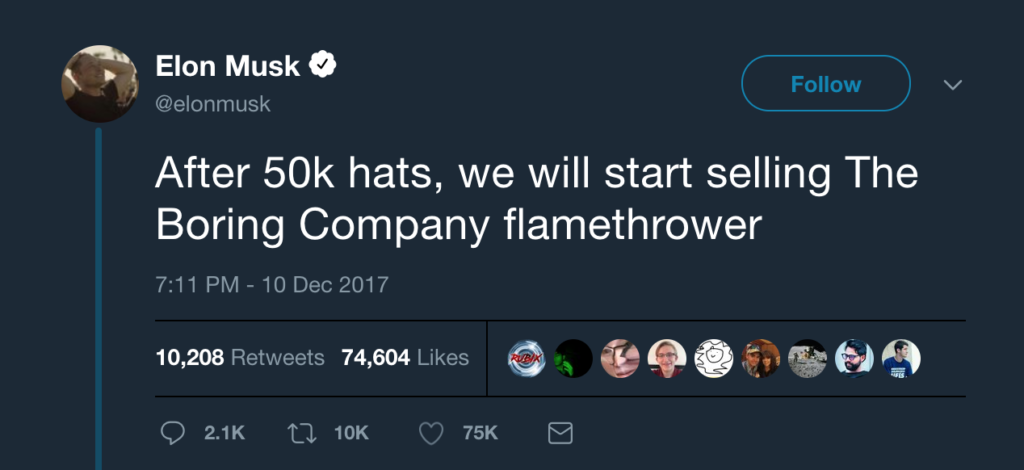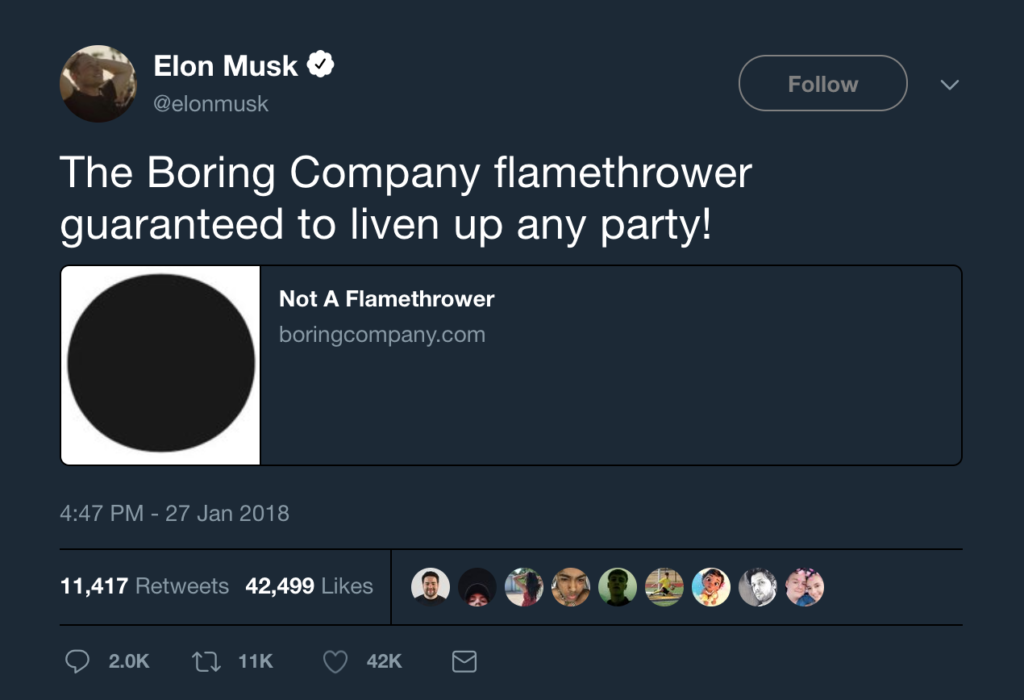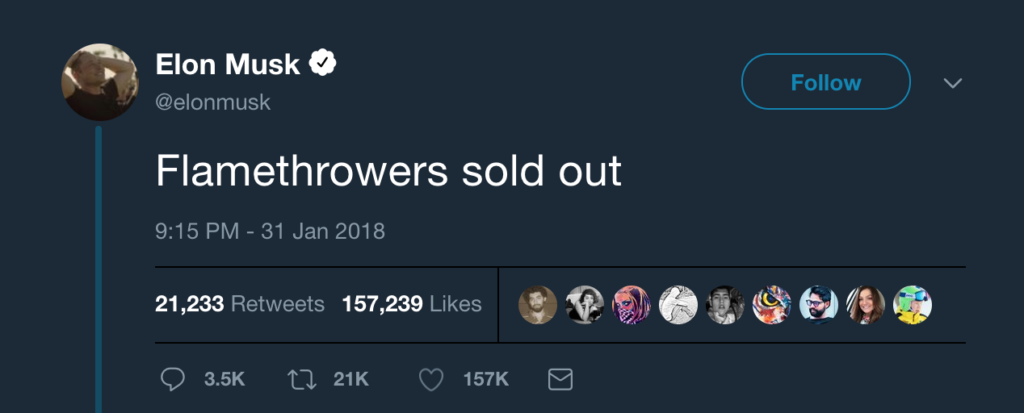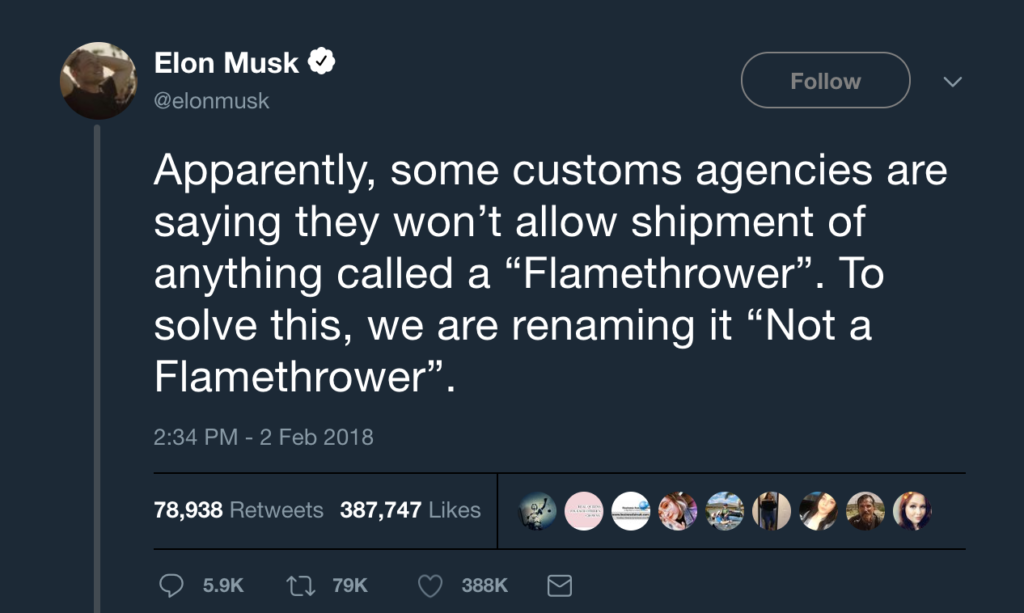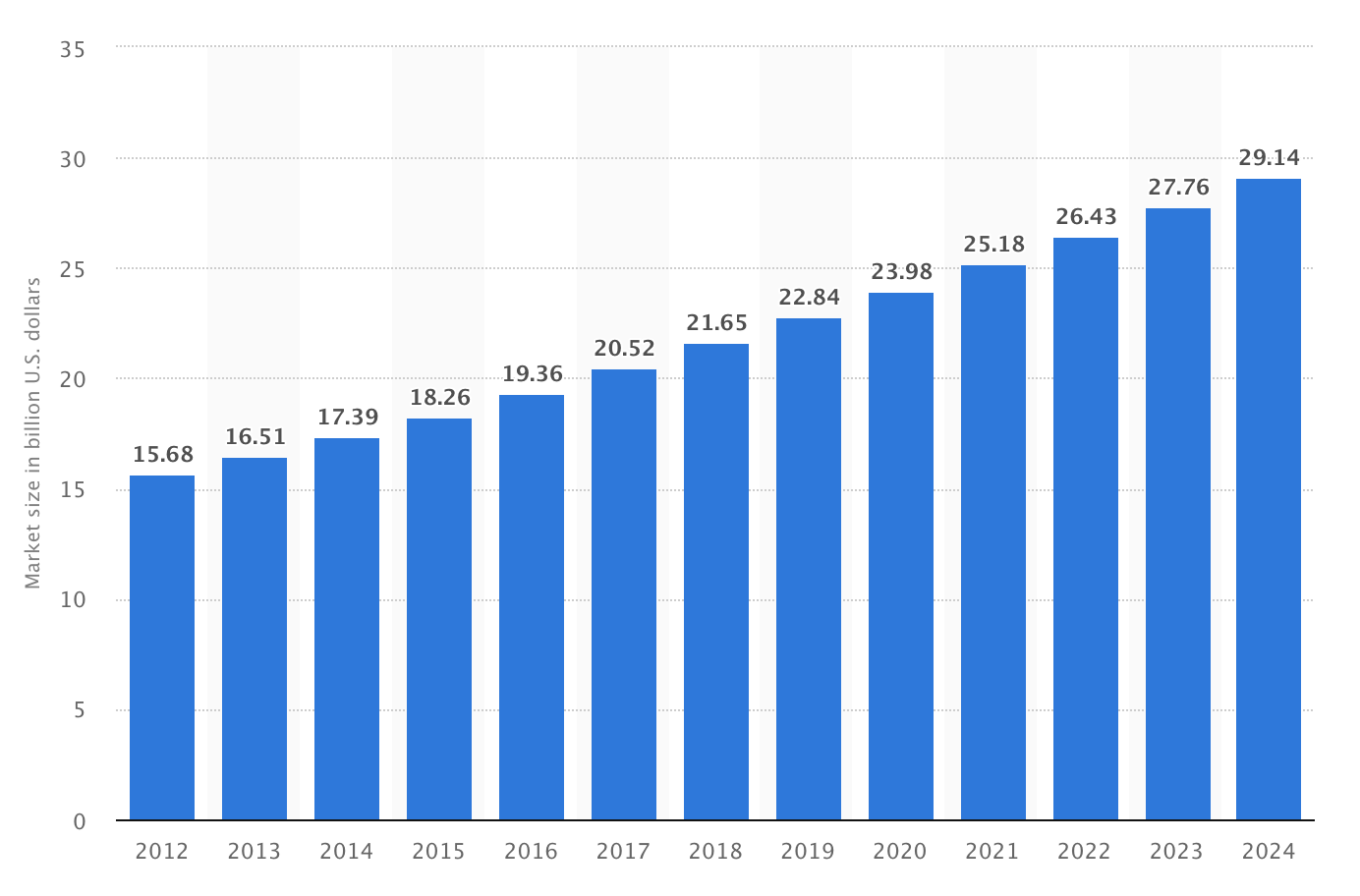DIY toy taxidermy shop Build-A-Bear had decreed that Thursday, July 12, was Pay Your Age Day in shops across the U.S., Canada, and the U.K. The self-explanatory event lets bear lovers make a furry friend, stuff it with love, and pay a dollar amount that matched their current age—a payment model that vastly favored spoiled 1-year-old knee-biters over 50-year-olds who just needed something to love.
What could go wrong‽
The 21 year old company was likely planning on leveraging nostalgia from grandparents and parents while building loyalty with a new generation of toy-lovers. Now was an especially great time for this campaign as Toys”R”Us has shut down hundreds of stores worldwide and there’s marketshare on the table to capture – especially for a focused, experiential brand like Build-A-Bear.
It was a good plan and a great marketing idea, save for one tiny little problem—the fans loved it too much. In fact, they loved it so much that they started lining up before Build-A-Bear Workshops opened in the U.S. The long lines made the company nervous about crowds and maybe bear riots, so they sent out a statement on social media saying it would limit the number of people who could take advantage of the deal due to safety concerns.
Customers were pissed – especially those who lined up around the block. Plus no one wants to hear you make excuses, blaming “safety concerns” and “local authorities.”
Sadly, all Build-A-Bear had to do was test this genius, goodwill generating campaign at a single store and then in increasingly larger markets to work out the kinks. To make matters worse, Build-A-Bear didn’t jump on the bad press and make anything of it.
Takeaway: Launch slowly – even if you have a great idea – so that any mistakes in your plan or missed assumptions don’t spiral out of control.

